Robert Jordan's The Great Hunt, the second installment in the epic The Wheel of Time series, continues to weave a rich tapestry of fantasy that captivates readers with its intricate plotlines, complex characters, and profound themes. Building upon the foundation laid in The Eye of the World, this novel delves deeper into the mythos of the world Jordan has created, offering both a continuation of the journey and a deeper exploration of its underlying themes.
At its core, The Great Hunt is a story about destiny and the struggle between light and shadow, a theme that resonates throughout the series. The narrative follows Rand al'Thor, the reluctant hero, as he grapples with his burgeoning powers and the weight of his prophesied role as the Dragon Reborn. This internal conflict is a central theme of the book, as Rand's journey is not just a physical quest but also a profound exploration of identity and self-acceptance. Jordan masterfully portrays Rand's inner turmoil, making him a relatable and compelling protagonist.
The novel's title, The Great Hunt, refers to the search for the Horn of Valere, a legendary artifact that can summon heroes from the past to fight in the Last Battle. This quest serves as the backbone of the plot, driving the characters forward and introducing new challenges and adversaries. The hunt for the Horn is not just a physical journey but also a metaphorical one, representing the characters' search for purpose and meaning in a world teetering on the brink of chaos.
One of the standout aspects of The Great Hunt is its character development. Jordan excels at creating multi-dimensional characters who evolve over the course of the story. In addition to Rand, other key characters such as Egwene al'Vere, Perrin Aybara, and Mat Cauthon undergo significant growth. Egwene's journey into the world of the Aes Sedai, the powerful women who can channel the One Power, is particularly noteworthy. Her struggles with power and independence mirror Rand's own journey, highlighting the series' recurring theme of balance between power and responsibility.
Mat Cauthon, initially portrayed as a carefree and mischievous character, begins to show signs of depth and complexity as he grapples with the consequences of his actions and the influence of the cursed dagger he carries. Perrin Aybara's internal conflict with his wolf-like abilities adds another layer of intrigue, as he must reconcile his human nature with the primal instincts that threaten to consume him. These character arcs are intricately woven into the larger narrative, enriching the story and providing readers with a deeper emotional connection to the characters.
Jordan's world-building is another highlight of The Great Hunt. The novel expands upon the richly detailed universe introduced in the first book, introducing new cultures, political factions, and magical elements. The Seanchan, a mysterious and formidable empire from across the sea, are introduced as a new threat, adding complexity to the already intricate political landscape. Jordan's attention to detail is evident in his descriptions of the Seanchan's unique customs and their use of the damane, women who can channel the One Power and are kept as slaves. This exploration of power dynamics and cultural clashes adds depth to the story and raises thought-provoking questions about freedom and control.
The pacing of The Great Hunt is well-balanced, with a mix of action, intrigue, and introspection. Jordan's prose is vivid and descriptive, immersing readers in the world he has created. The novel's climactic moments are expertly crafted, building tension and excitement while also providing moments of introspection and character development. The interplay between action and introspection is a hallmark of Jordan's writing, allowing readers to experience both the external and internal struggles of the characters.
In comparison to other fantasy series, The Wheel of Time stands out for its intricate plotlines and deep exploration of themes. While it shares similarities with J.R.R. Tolkien's The Lord of the Rings in terms of its epic scope and battle between good and evil, Jordan's series offers a more nuanced exploration of power and destiny. The complexity of the characters and the moral ambiguity they face set it apart from more traditional fantasy narratives.
Another series that invites comparison is George R.R. Martin's A Song of Ice and Fire. Both series feature expansive worlds, intricate political machinations, and a large cast of characters. However, while Martin's series is known for its gritty realism and moral ambiguity, Jordan's work leans more towards the traditional fantasy elements of prophecy and heroism, albeit with a modern twist. The balance between these elements makes The Wheel of Time a unique and compelling addition to the fantasy genre.
Overall, The Great Hunt is a worthy successor to The Eye of the World, building upon the strengths of the first book while introducing new elements that enrich the story. Robert Jordan's ability to blend action, character development, and thematic depth makes this novel a must-read for fans of epic fantasy. As the Wheel of Time continues to turn, readers are left eagerly anticipating the next chapter in this monumental series, eager to see how the characters will navigate the challenges that lie ahead.
For those who appreciate a richly detailed world, complex characters, and a story that delves into the nature of power and destiny, The Great Hunt is a captivating and rewarding read. It is a testament to Robert Jordan's skill as a storyteller and his ability to craft a narrative that resonates with readers long after the final page is turned.
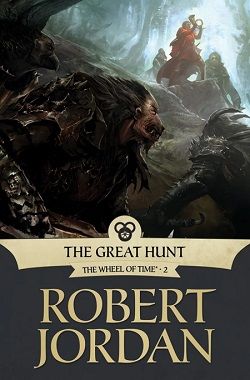




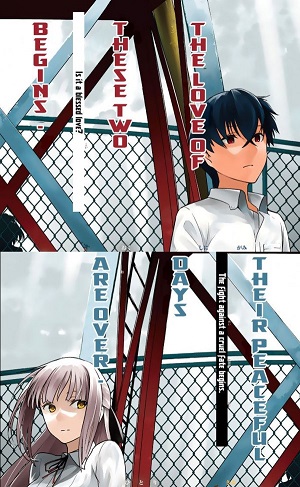

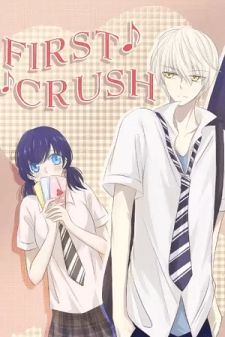
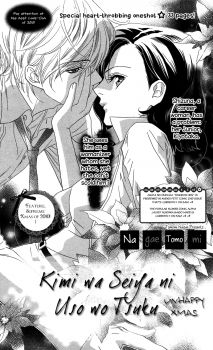
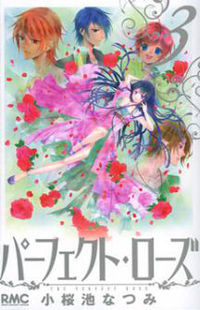
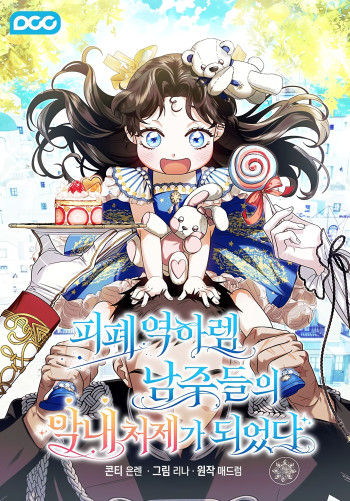
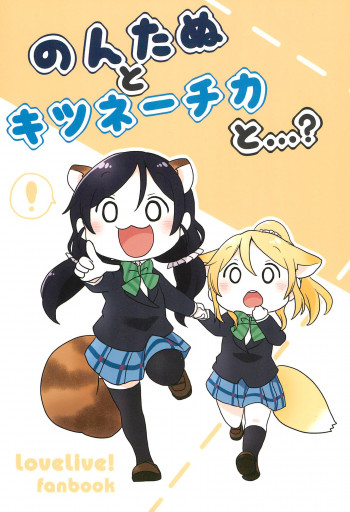

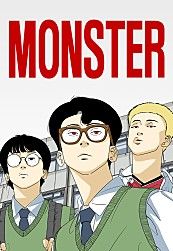










Reviews 0
Post a Reviews: